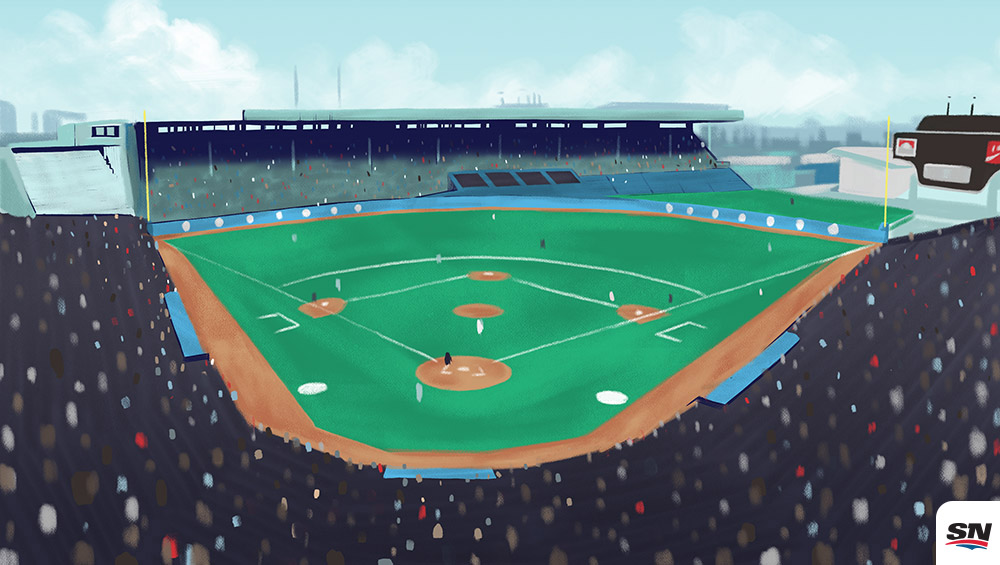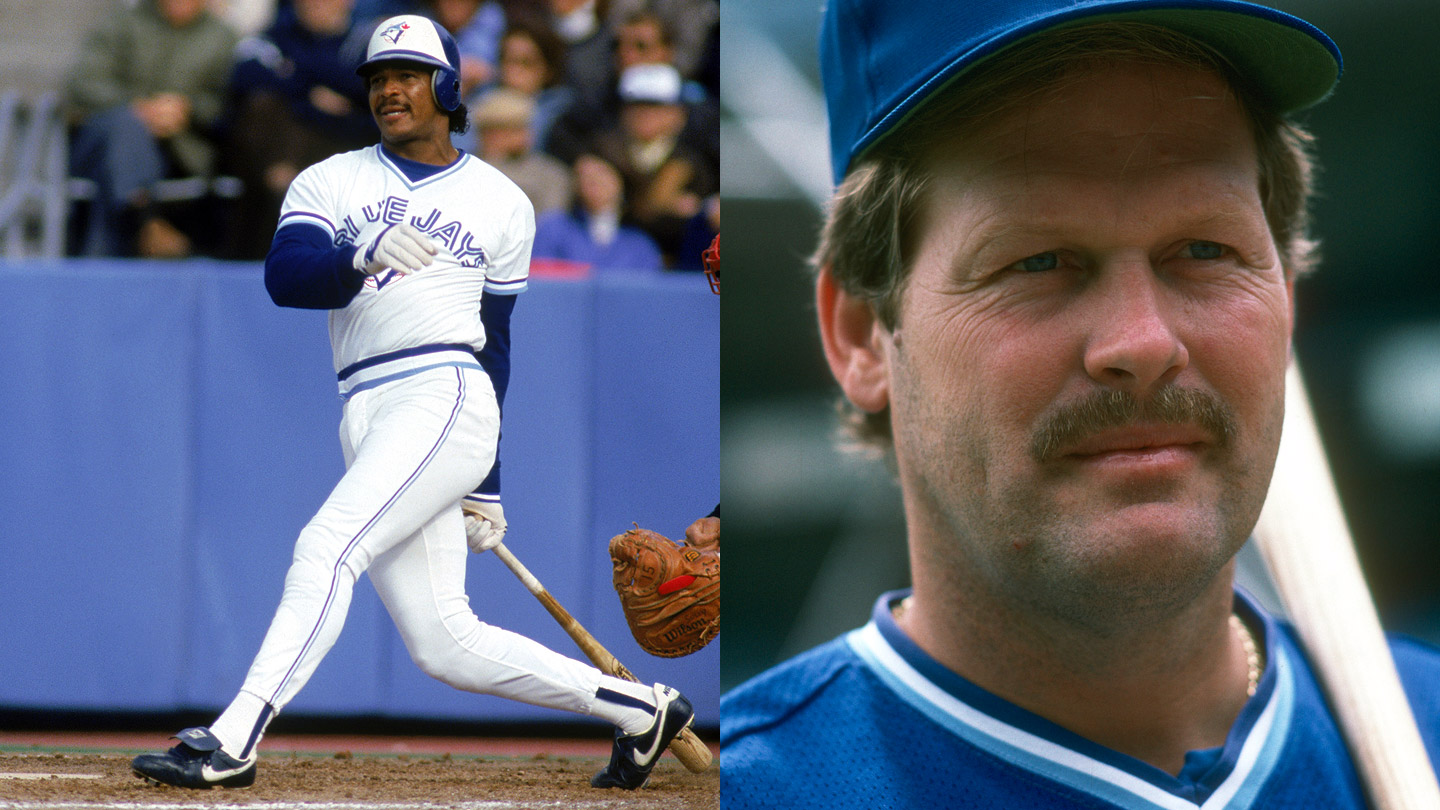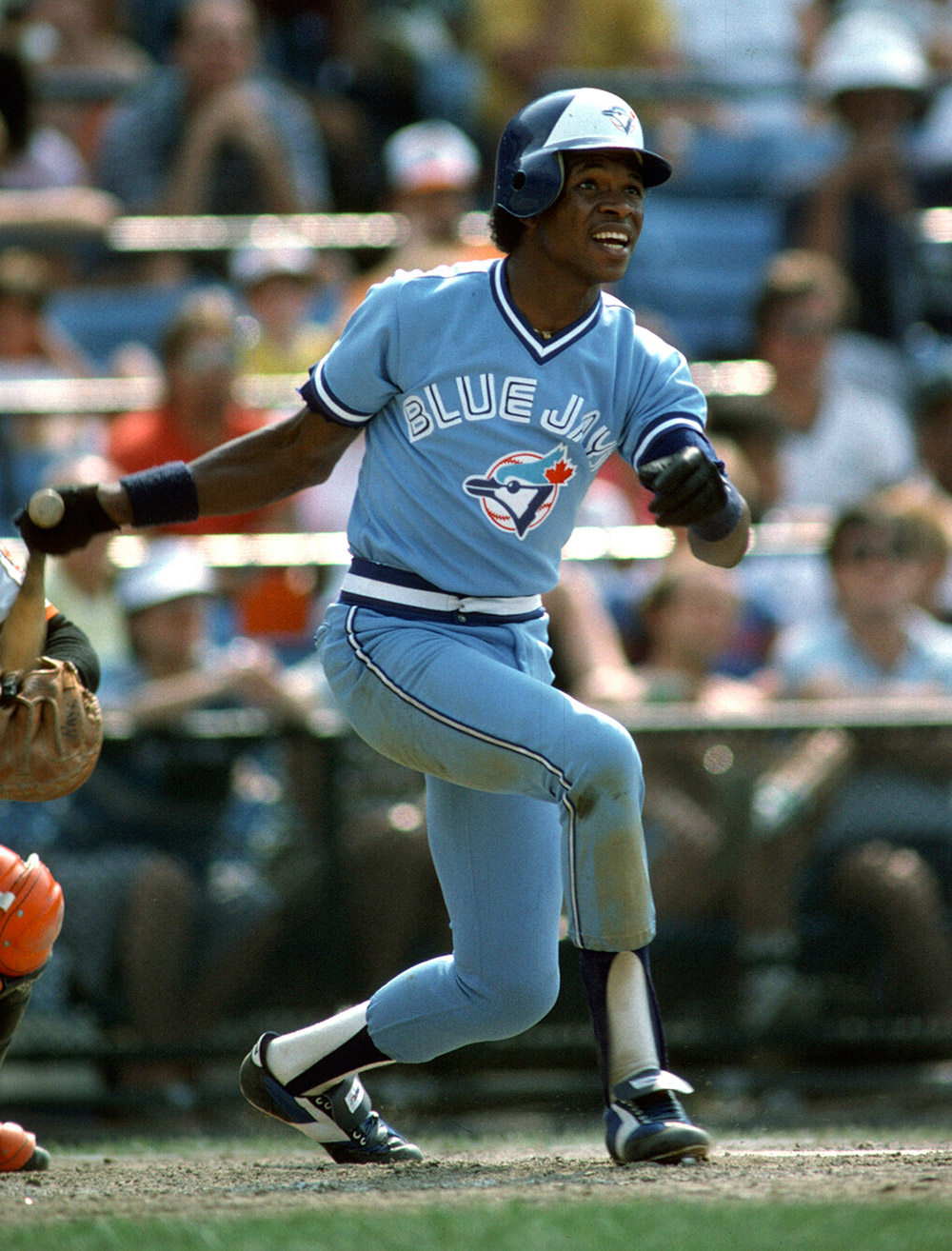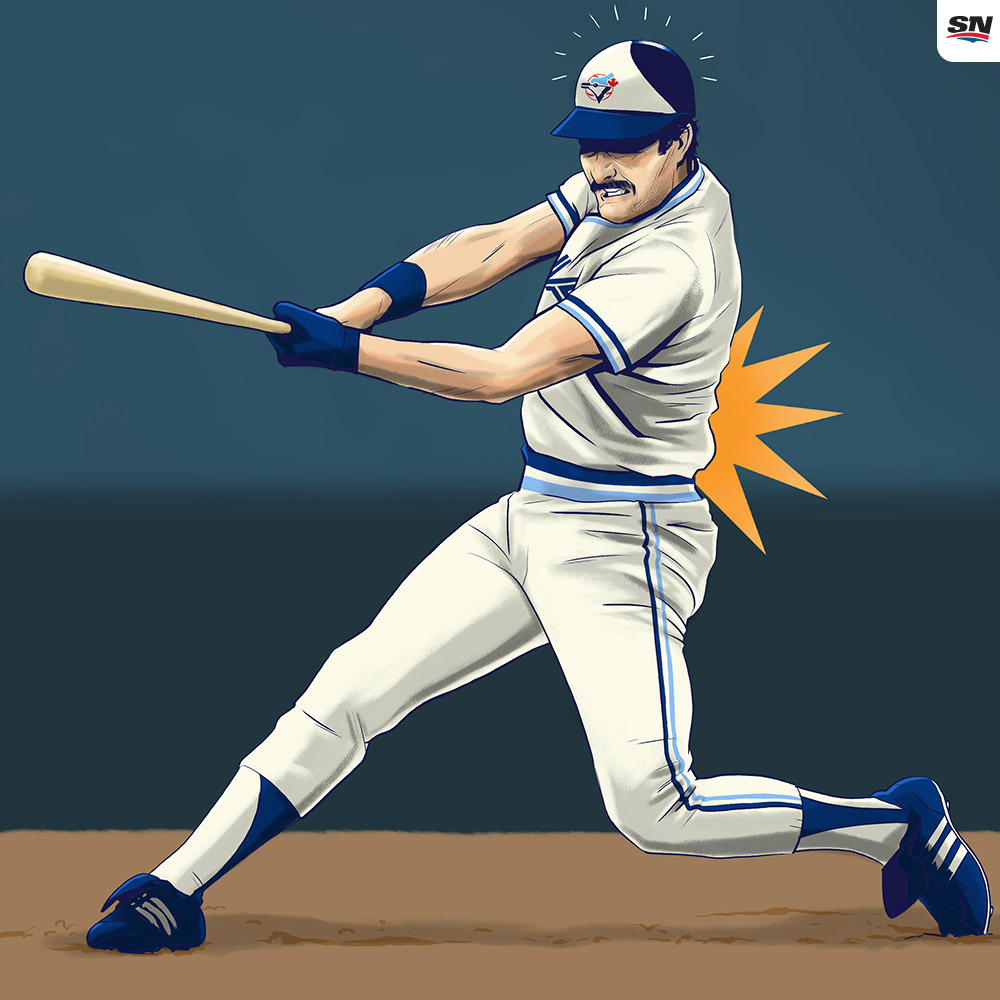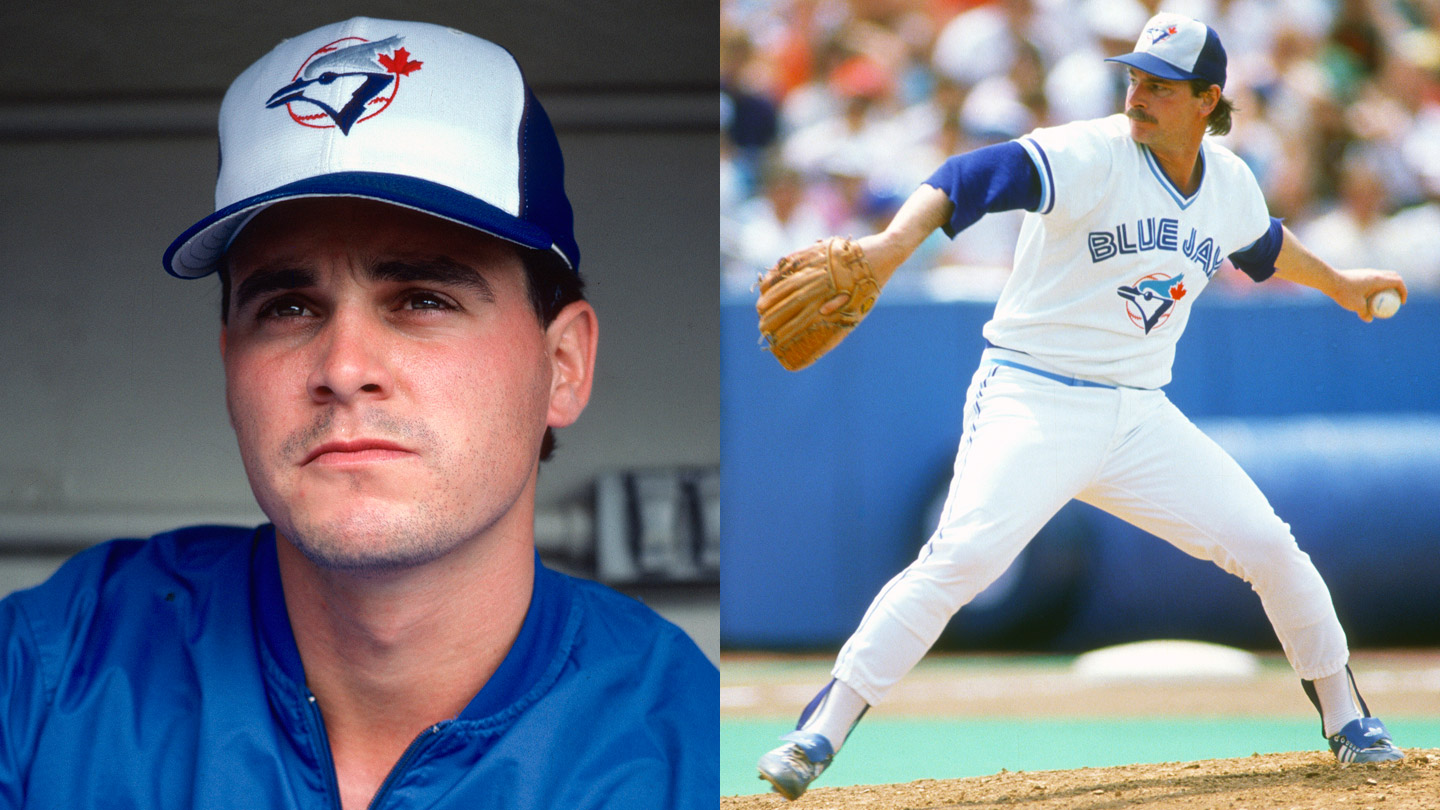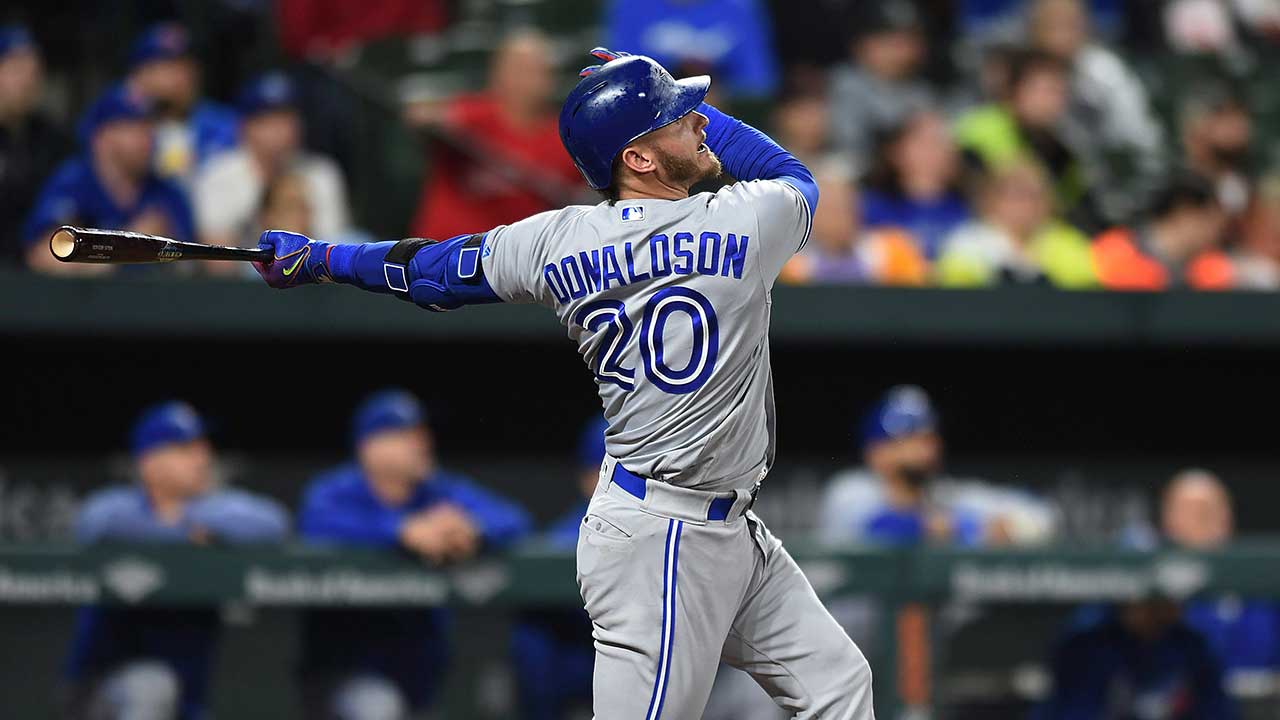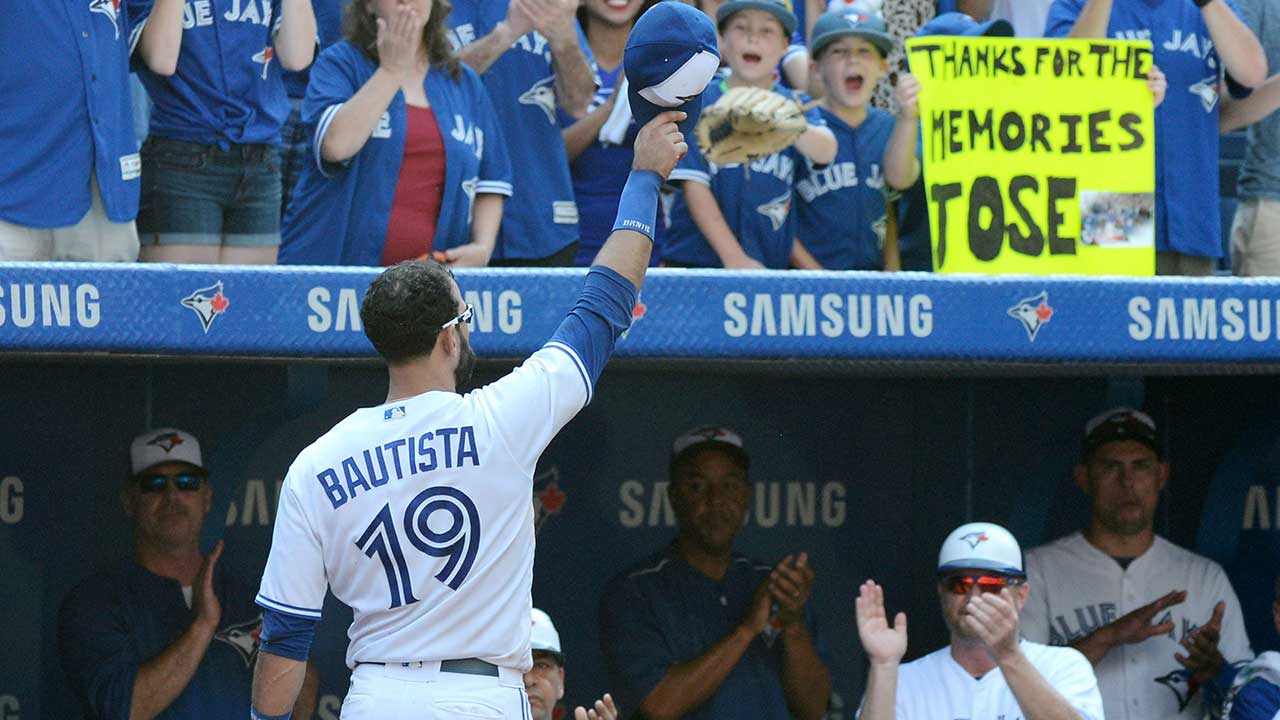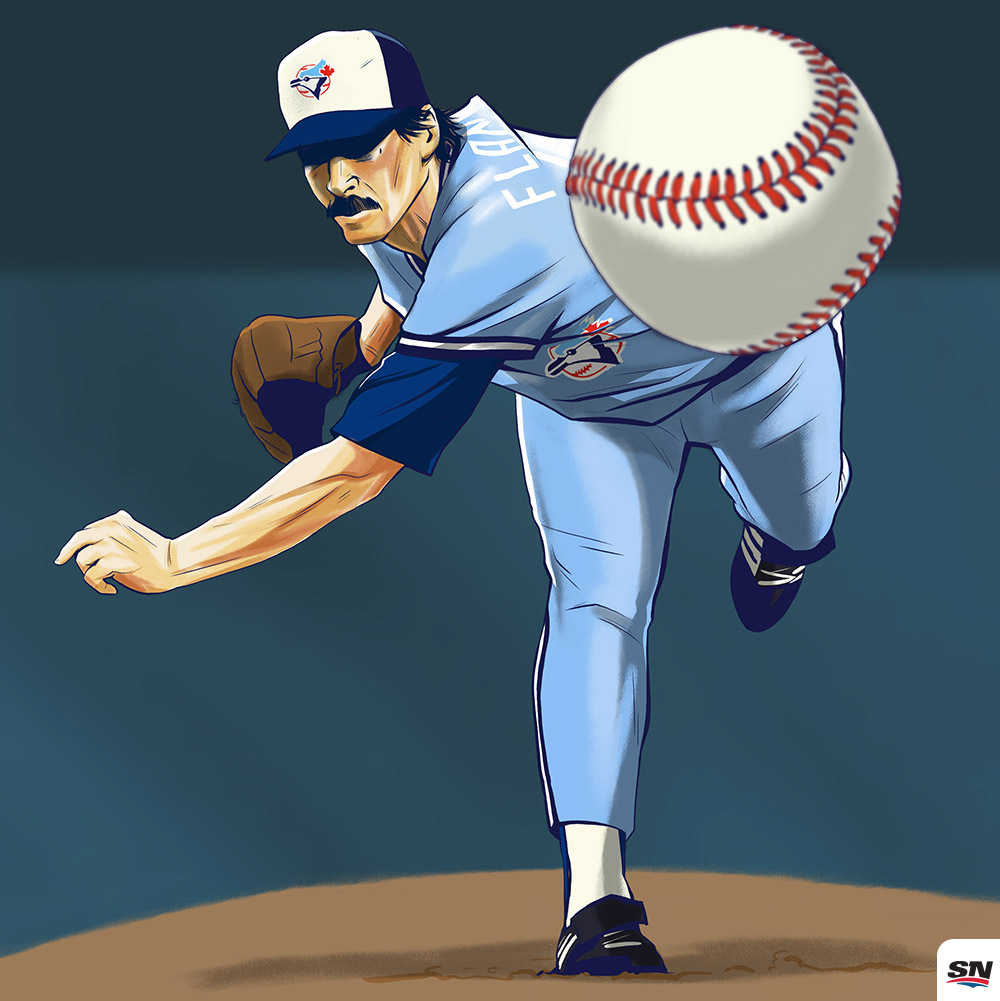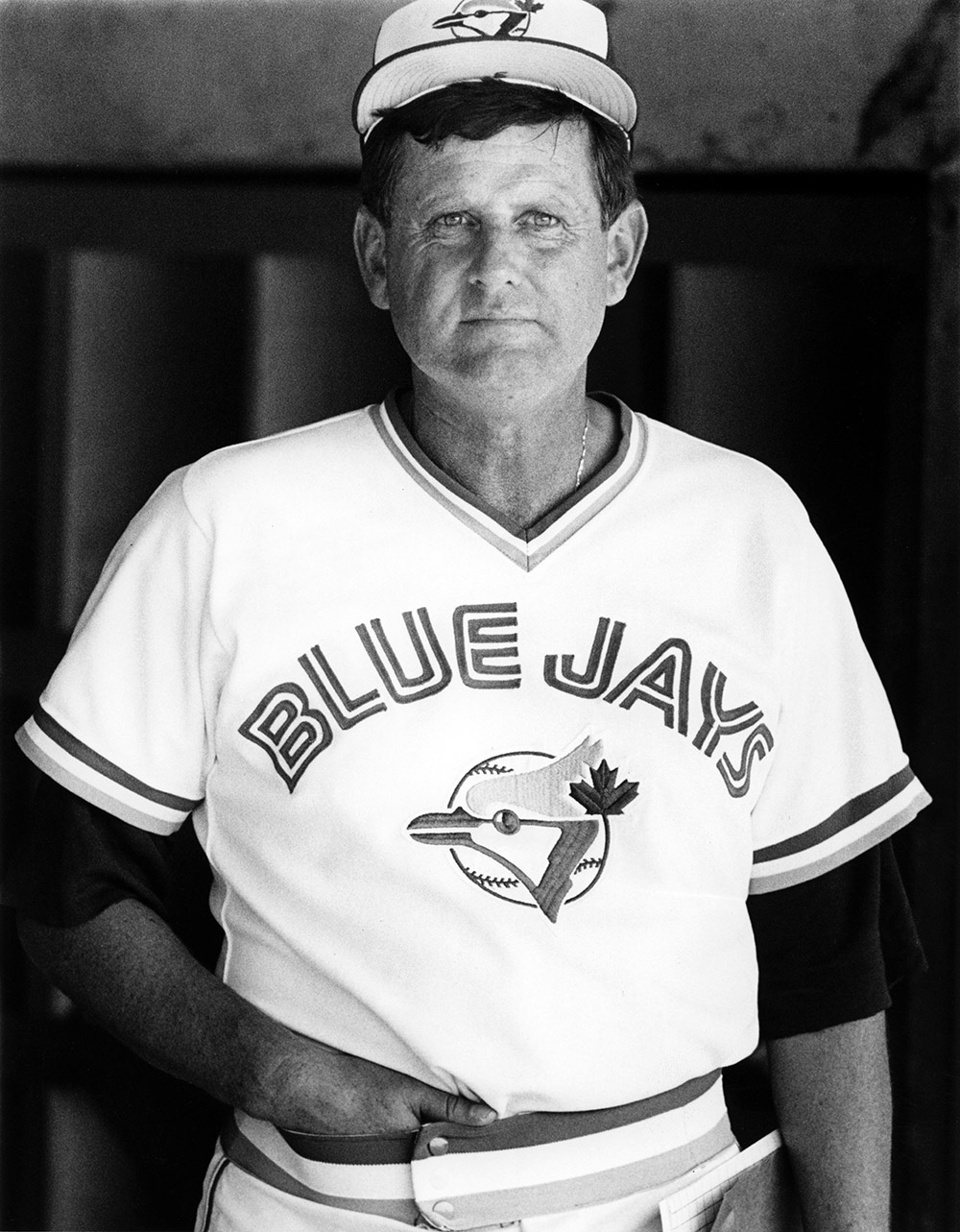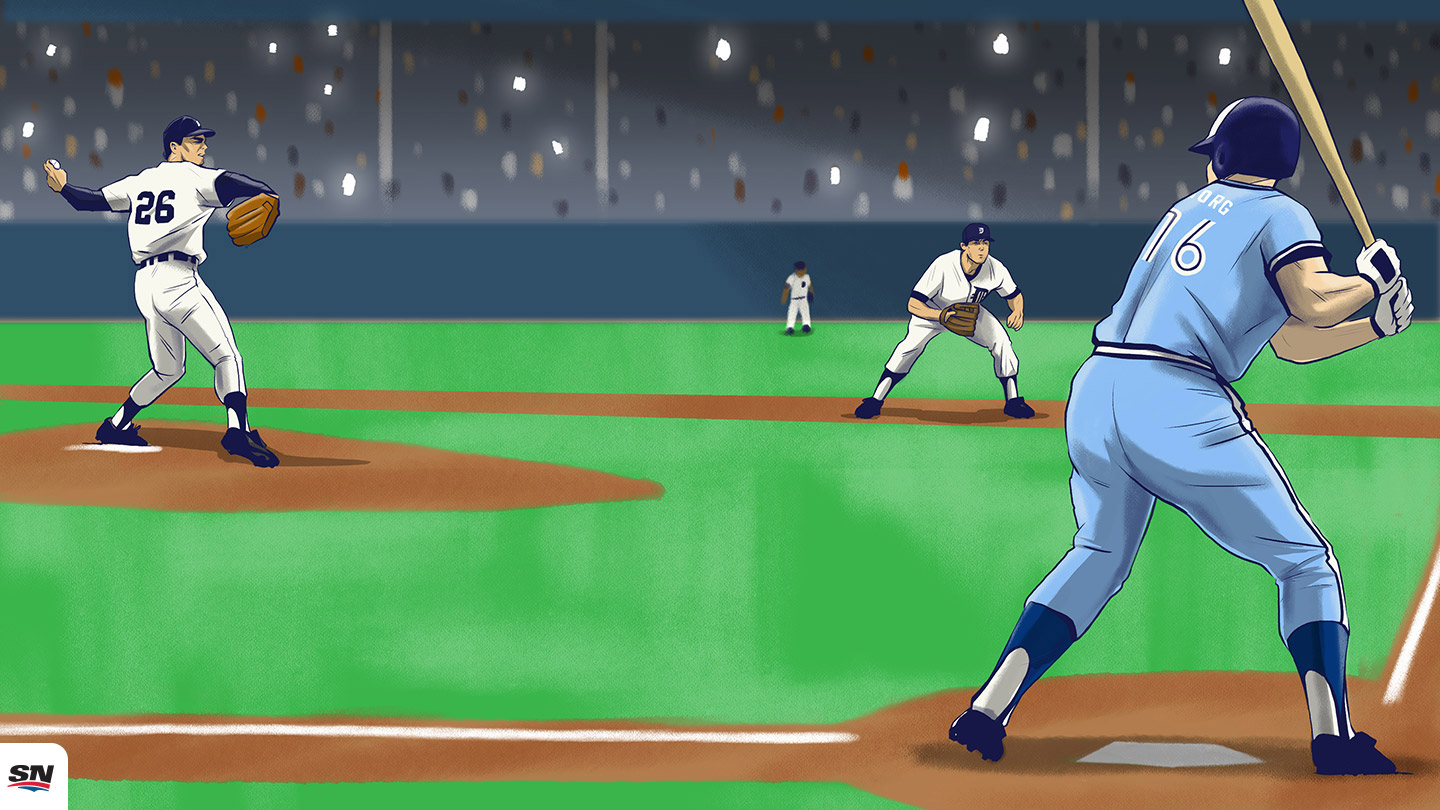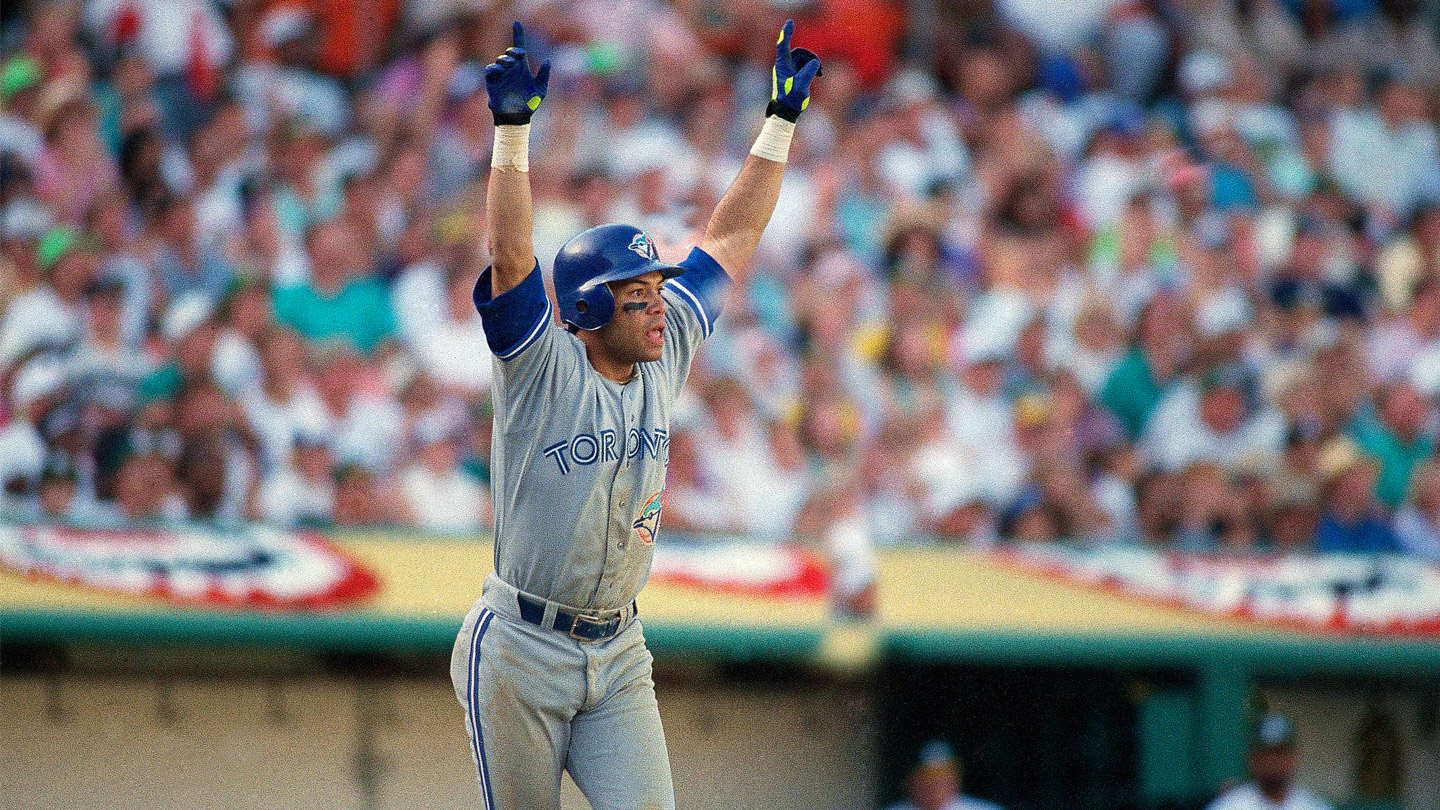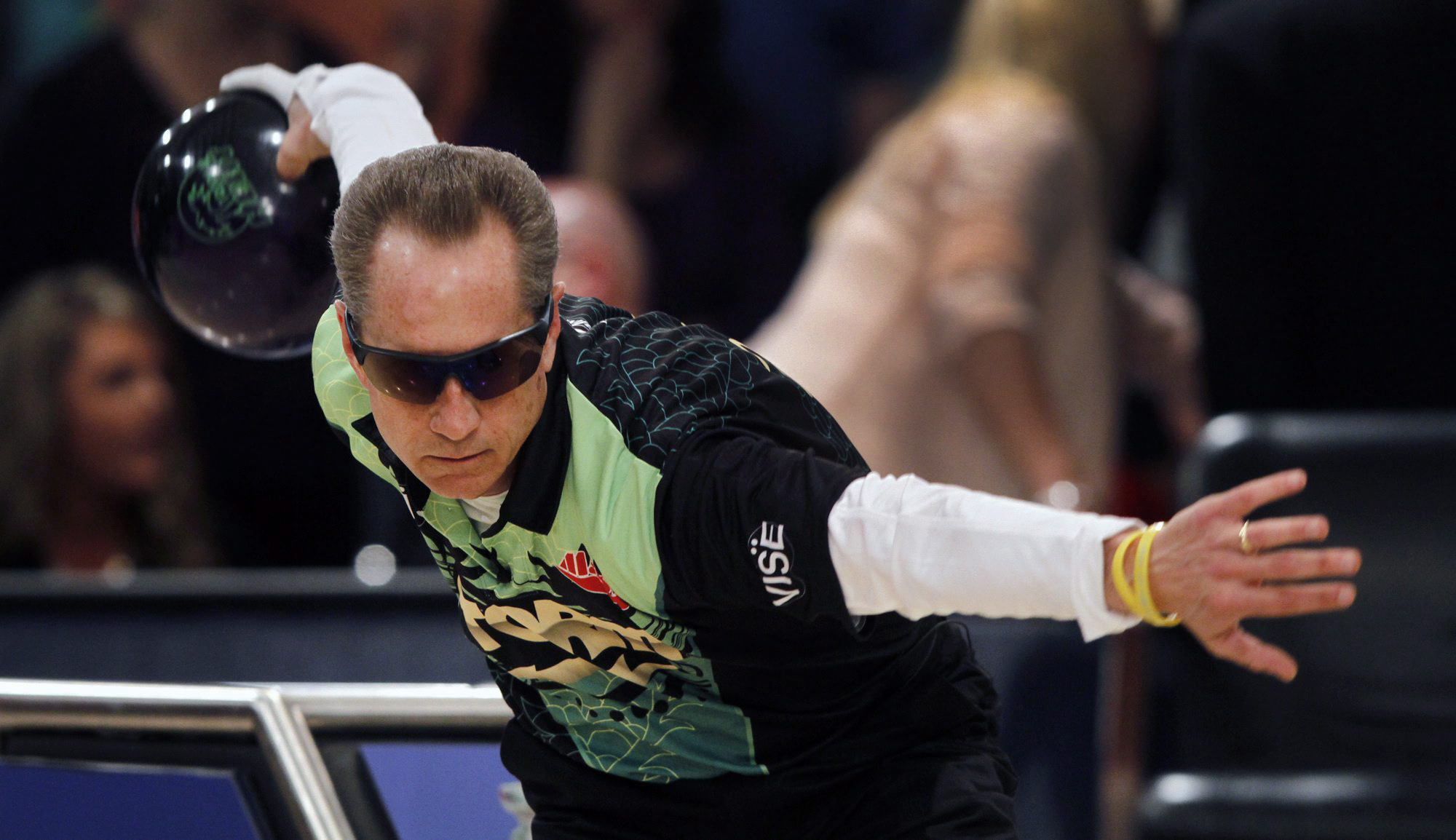Whether you sit in the stands or on press row, you imagine that those in management have a big vision for the team, some sort of master plan. You think they have a pretty good idea how things will unfold. After the loss in Game 162, though, it was clear that those in the Jays’ front office were shaken.
Paul Beeston, Pat Gillick, Gord Ash and agent Gord Kirke climbed into a car outside Tiger Stadium and drove back to Toronto. “We didn’t hang around after the game,” Ash says. “It sank in [on the drive]. It was a pretty good team, and to lose that game and with the type of lead we had [with a week to go], it was pretty dramatic. Nobody said a word for the four-hour drive.”
It’s tempting to say that the Jays needed the heartbreak in ’87 to become champions down the line. Those are the narratives that fans float in retrospect. No one I talked to saw it that way, though. The view looked entirely different for the players who had been in the organization for years. Each team lives in its own place in time. The 1987 season was just one that got away. “Honestly, at the end, we just felt like we wasted the season,” Whitt says.
The foundation had been poured back in the early ’80s, when Moseby made his Jays debut at 20 and Jesse Barfield made his at 21. When George Bell was added in ’84, the team had the best outfield in baseball and surged to 89 wins. The mid-’80s were a time of so much promise, and yet Barfield talks about those days wistfully as disappointments. “The other day I said to George and Lloyd, ‘We should have had three rings with the team we had,’” Barfield says. “In this game, everything has to be clicking on all cylinders — defence, hitting, pitching. You have to have all three going, and we did. Why it didn’t happen, I don’t know.”
Some turnover was immediate. The decision not to bring back Iorg was probably the easiest —Lee could make the move over to second base. The Jays had to find a way to get the bats of McGriff and Fielder into the lineup and old loyalties can only go so far, so another original Blue Jay, Willie Upshaw, would be gone. Everywhere you looked decisions loomed. Behind the plate Ernie Whitt would be 36 the next season. The Jays had Todd Stottlemyre making his debut the next spring and from the get-go it was clear he’d press Jim Clancy for a spot in the rotation.
And so it went.
By the time the Jays won their first World Series, there were only a handful of holdovers left from the ’87 team — Gruber and Lee among position players; Key, Stieb, Henke and Ward on the mound. And, really, that excruciating near-miss in ’87 had nothing to do with their performance in ’92. Not a thing. Like the stadium on the Lake Shore, that 1987 team wasn’t even in the rearview mirror, it existed only in a memory and the memory of that last week of the season had already begun to fade.



